How to choose a space-saving bed?
In a world where space is becoming increasingly scarce, making the most of every square metre is becoming essential. If you live in a small flat or simply want to make the most of the space in your bedroom, a space-saving bed could be the perfect solution. But how do you choose the right model from all the options available? This article will guide you through the different possibilities to help you make the best choice.
Why opt for a space-saving bed?
Maximising space
The main advantage of a space-saving bed is, as its name suggests, the optimisation of space. By having a bed that can be folded away, stored away or converted, you can free up space for other items in your room. This is particularly valuable in small flats where every centimetre counts. Whether you want to install a desk, a play area for the children or simply extend your living space, a space-saving bed is a clever and practical solution.
Versatility
Space-saving beds are often multifunctional. For example, a box bed can be used as a storage unit under the base and as a sleeping area above. Similarly, a mezzanine bed can provide a work or storage space underneath. This versatility makes it easy to adapt the room to your changing needs, whether for sleeping, working or storage. Some models even include built-in shelves, drawers or desks, maximising their usefulness even further.
Aesthetics and modernity
A space-saving bed adds a modern touch to your home. With their innovative, elegant designs, these beds can blend in perfectly with any décor. They also help to create a clean, tidy atmosphere by limiting the amount of furniture needed. The materials and finishes available vary enormously, from natural wood to contemporary metal and elegant fabrics, allowing everyone to find a bed that matches their personal style.
Discover our different types of space-saving beds, their advantages and disadvantages?
-
Trundle bed
A bed made up of two slatted bases, one under the other, the second of which can be pulled out and raised to form a double bed or two separate single beds.- Advantages:
- Saves considerable space when the second bed is not in use.
- Flexibility to accommodate guests.
- Suitable for small spaces.
- Disadvantages:
- Requires space to unfold the second bed.
- Advantages:
Our trundle beds
|
Pull-out bed Malo - 80 or 90x190 cm
|
Pull-out bed Maxi - 90x200 cm
|
Pull-out bed Topaze - 80 or 90x190 cm
|
|
Pull-out bed ABC - 80 or 90x190 cm
|
Pull-out bed Happy - 80 or 90x190 cm
|
All our trundle beds (except the maxi) can be converted into a double bed (the 2 beds are at the same height) or into 2 single beds.
--------------------
-
Stackable beds
Beds that can be stacked when not in use, ready to use when unstacked.- Advantages:
- Highly modular and adaptable.
- Practical for guest rooms or temporary configurations.
- Easy to store when not in use.
- Disadvantages:
- Low sleeping height
- Advantages:
Available in 80x190, 80x200, 90x190 and 90x200 cm. Up to 3 beds can be stacked.
--------------------
-
Mezzanine bed
A raised bed that allows you to use the space underneath for a desk, play area or storage space.- Advantages:
- Maximum optimisation of vertical space.
- Space under the bed can be used for various activities (desk, storage, etc.).
- Ideal for small bedrooms or studios.
- Disadvantages:
- Requires a sufficiently high ceiling.
- Can be difficult to access for some people.
- Unsuitable for children under 6.
- Advantages:
Our mezzanine beds
Alpage range with ladder access or cube staircase, available in 120x200, 140x200 or 160x200 cm.
Sylvia range with access to inclined ladder, millstone staircase or cube staircase, available in 90x200, 120x200, 140x200 or 160x200 cm.
--------------------
-
Bunk bed
Two (or more) beds stacked vertically, ideal for shared rooms.- Advantages:
- Perfect for shared rooms.
- Saves floor space.
- Available in different designs to suit the needs of children or adults.
- Disadvantages:
- Can be difficult to access for some people.
- Less privacy for each bunk.
- Advantages:
Our bunk beds
DUO bunk bed separable into 2 single beds. Each berth is 90x190 cm.
Sylvia bunk bed range with inclined ladder access or cube staircase, sleeps 2x2. Possible sizes: 120x200, 140x200 or 160x200 cm for each bed.
ABC bunk bed range with straight or angled ladder access, available in 2, 3 or 4-seater versions. Each sleeps 90x190cm.
--------------------
-
Storage bed
A bed with integrated storage space under the base, accessible by raising the base.- Advantages:
- Extra storage space under the bed base.
- Ideal for small bedrooms with little storage space.
- Discreet appearance.
- Disadvantages:
- You have to lift the base each time to access the storage space.
- Advantages:
Our range of box beds
|
Chest bed 2-seater - 140x190, 140x200 ou 160x200 cm
|
Chest bed 1-seater - 90x190 ou 200 cm
|
Chest bed 2-seater with headboard - 140x190, 140x200 ou 160x200 cm
|
The 2-seater version is available with or without headboard.
Possible sizes: 90x190, 90x200, 140x190, 140x200 or 160x200 cm.
--------------------
-
Cube bed
A low bed with storage drawers underneath.- Advantages :
- Extra storage space under the bed base.
- Ideal for attic bedrooms.
- Highly adaptable (cube assembly).
- Disadvantages:
- Low sleeping height
- Advantages :
Our cube beds
The main criteria to consider
Comfort
Comfort is an essential criterion when choosing a space-saving bed. Make sure the mattress is of good quality and that the conversion mechanism (for convertible beds) is easy to use. What's more, bunk beds and mezzanine beds may not be suitable for young children or people with mobility problems.
Dimensions
Measure the space available in your bedroom before choosing a bed. Make sure that the bed, when extended, does not block passageways or access to other furniture. Also consider the ceiling height for loft beds and bunk beds. A detailed plan of your room can be useful to see how the bed will fit into the available space.
Materials
Space-saving beds are available in a variety of materials, including wood, metal and fabrics. Choose a material that matches the rest of your décor and is durable. Materials also influence the sturdiness and longevity of the bed. Wood offers a warm, traditional look, while metal can add a modern, industrial touch.
Budget
Space-saving beds can vary considerably in price. Set yourself a budget before you start looking and try to find the best value for money. Don't forget to take into account the cost of any accessories you may need, such as mattresses or accessories. Compare your options to find the best deals and seasonal promotions.
Fréquence d’usage
A trundle or stackable bed may be ideal for occasional use, while a loft or bunk bed is more suitable for permanent use. Assess your daily needs to make the most appropriate choice. If you have children or frequent guests, a bunk or trundle bed may offer the flexibility you need.
Conclusion
Choosing a space-saving bed is an excellent way of maximising the space in your home. Whether you opt for a loft bed, chest bed or bunk bed, there's an option for every need and every budget. With comfort, size, materials and budget in mind, you're sure to find the perfect space-saving bed for your space.
By following these tips, you can transform your living space into a functional and stylish environment, while enjoying optimum comfort.
If you have any questions or need help selecting the perfect space-saving bed for your needs, don't hesitate to contact us via our contact form or by email at contact@abc-meubles.com. Our team is here to help and advise you on your furnishing project.
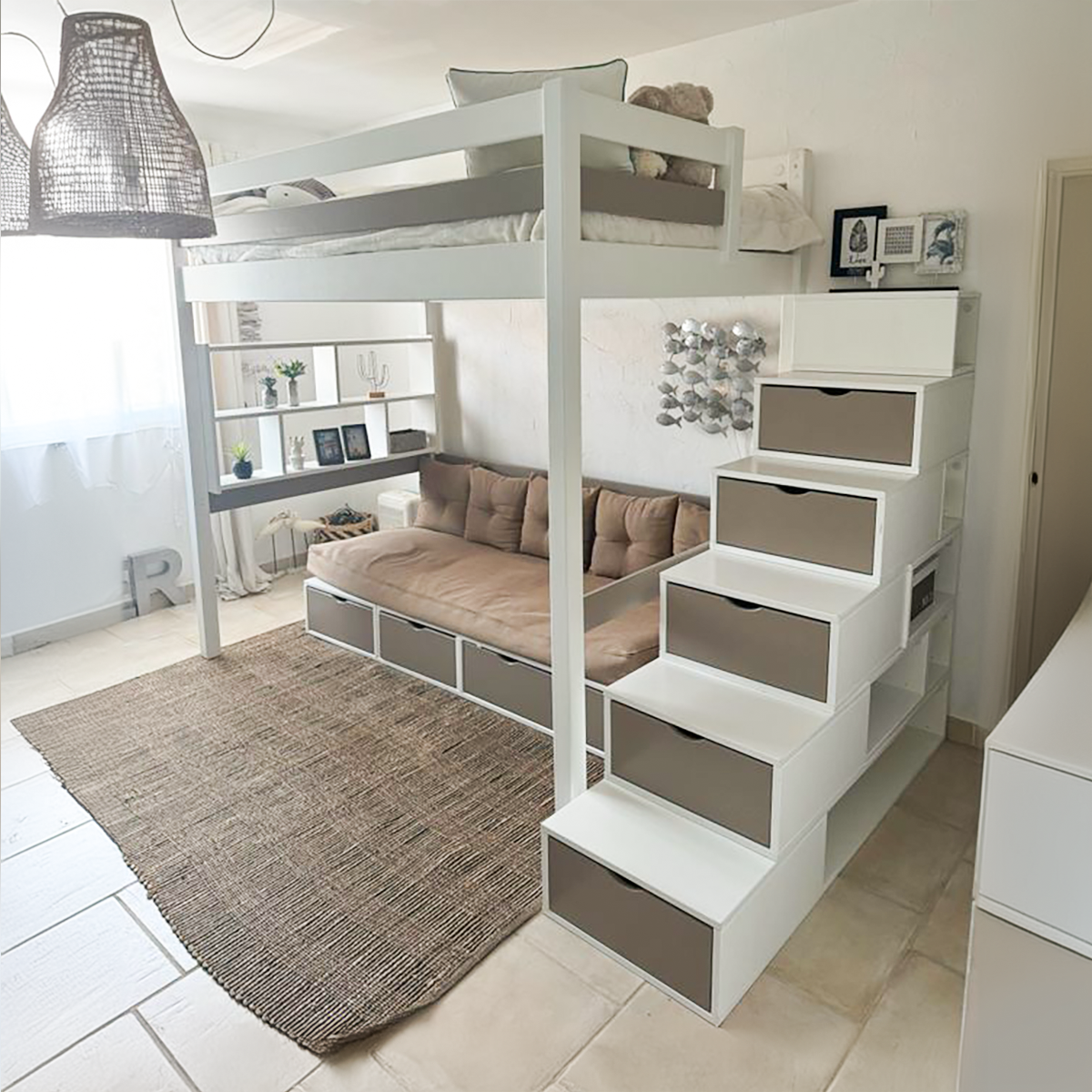

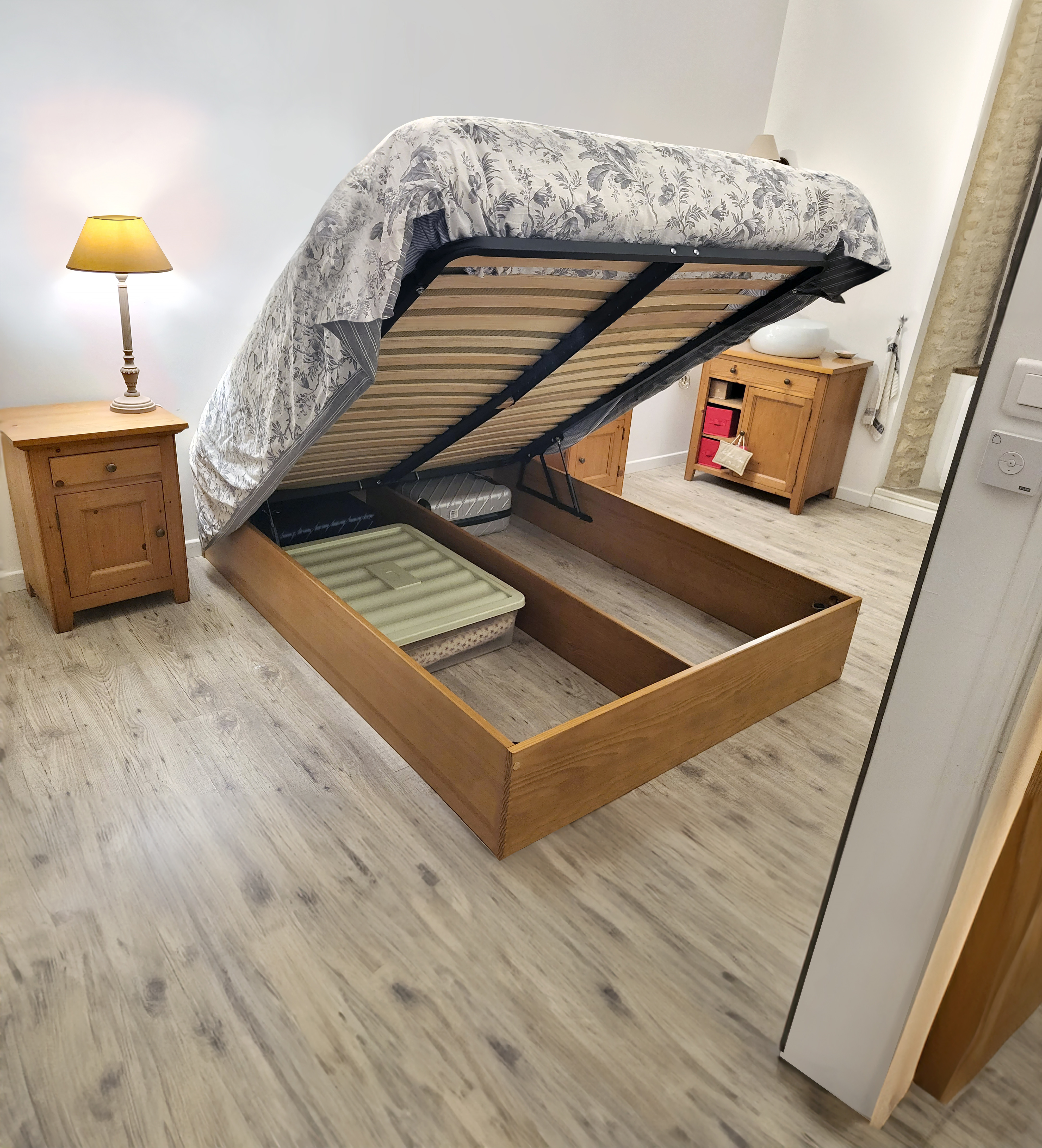
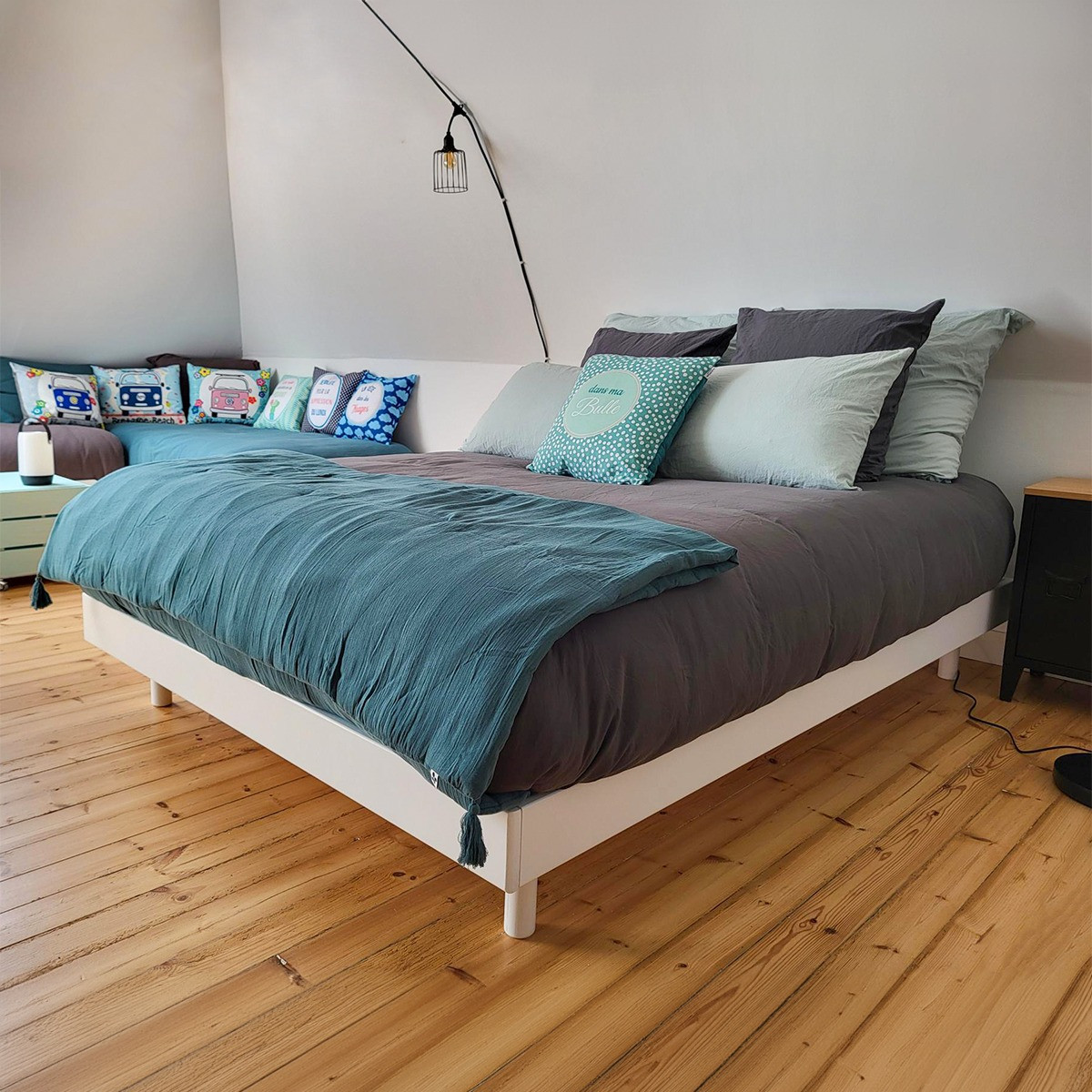

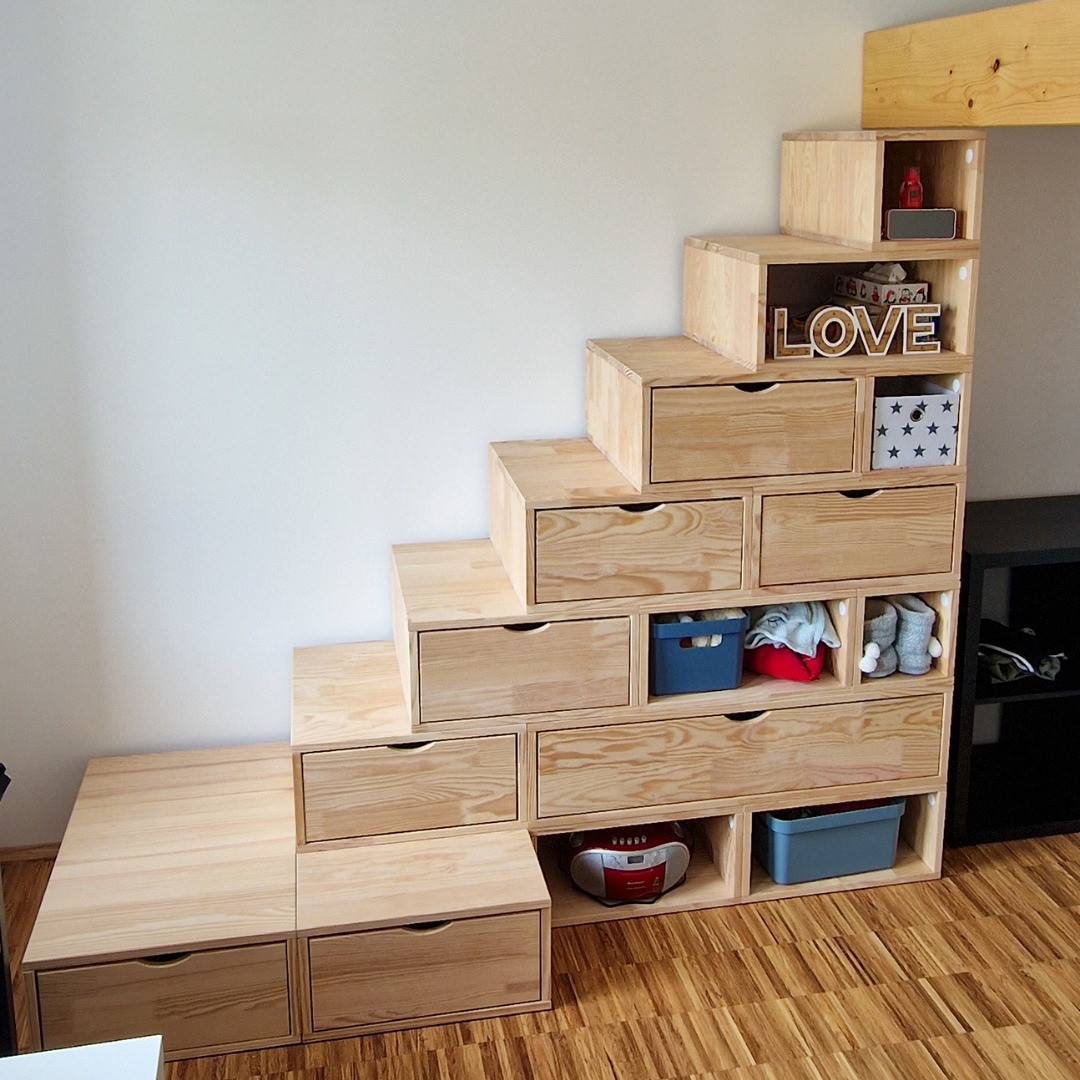

.png)


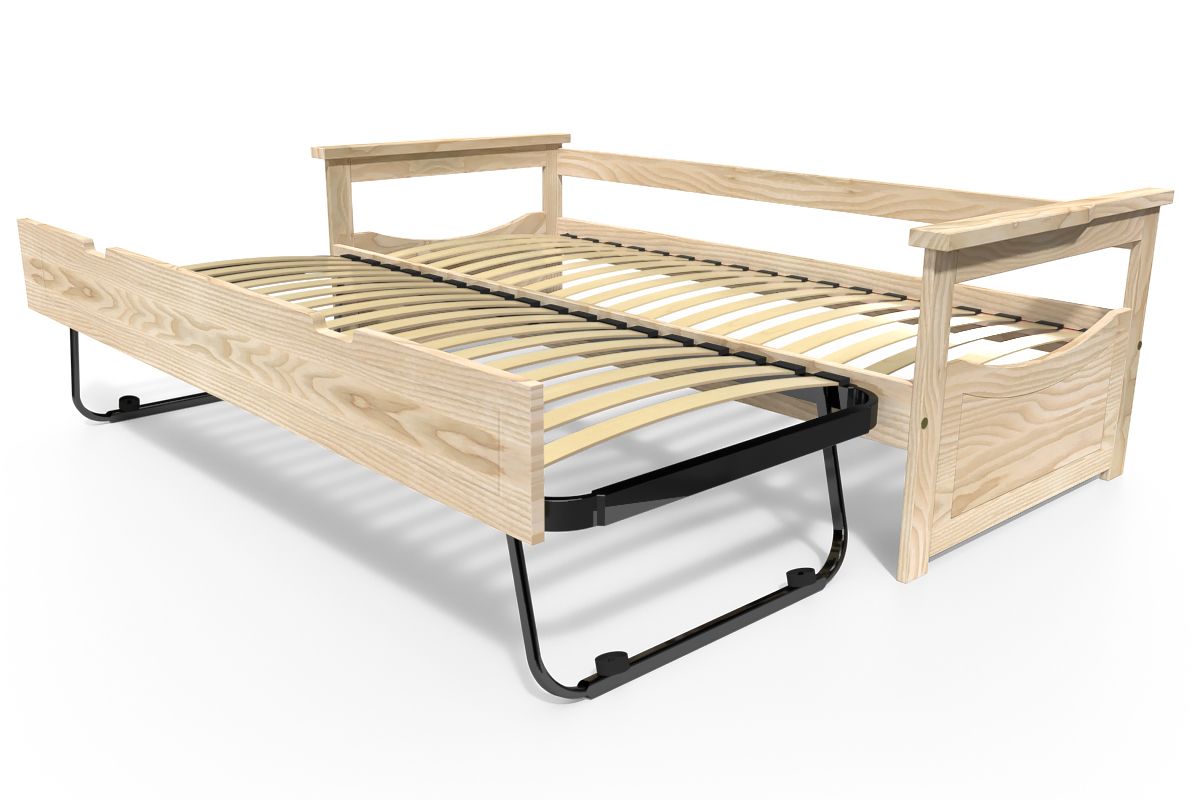



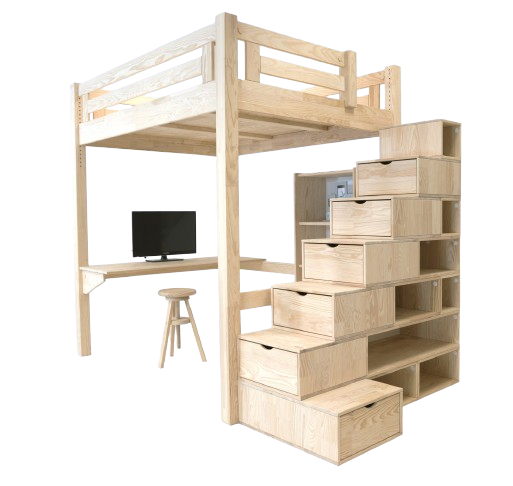
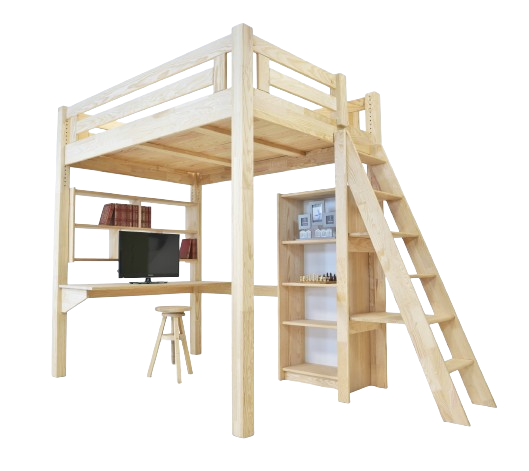
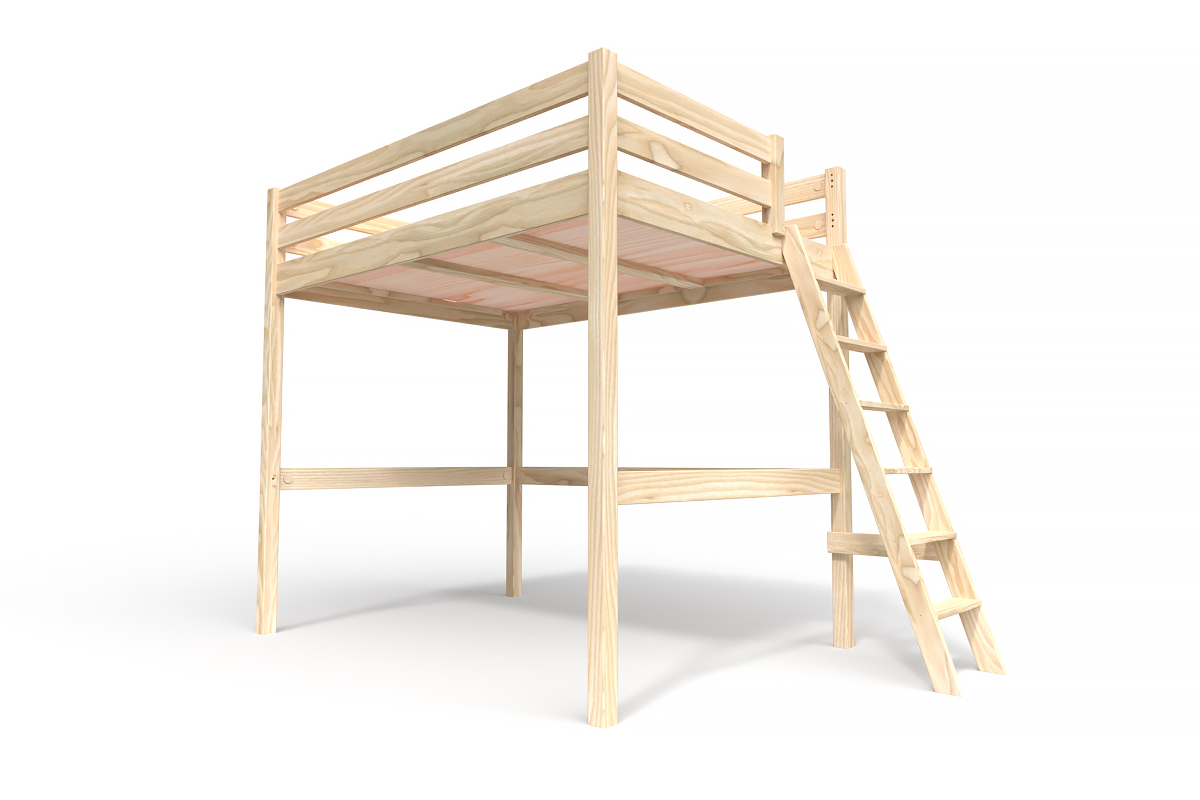
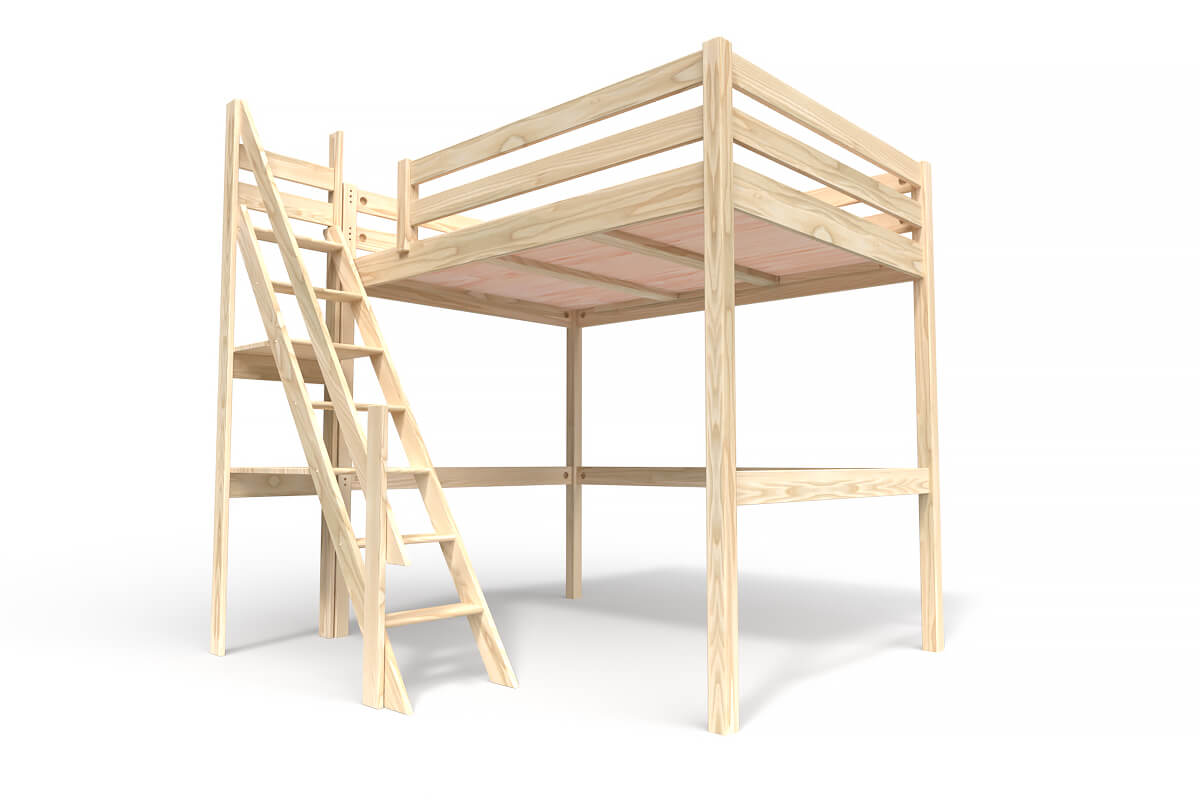
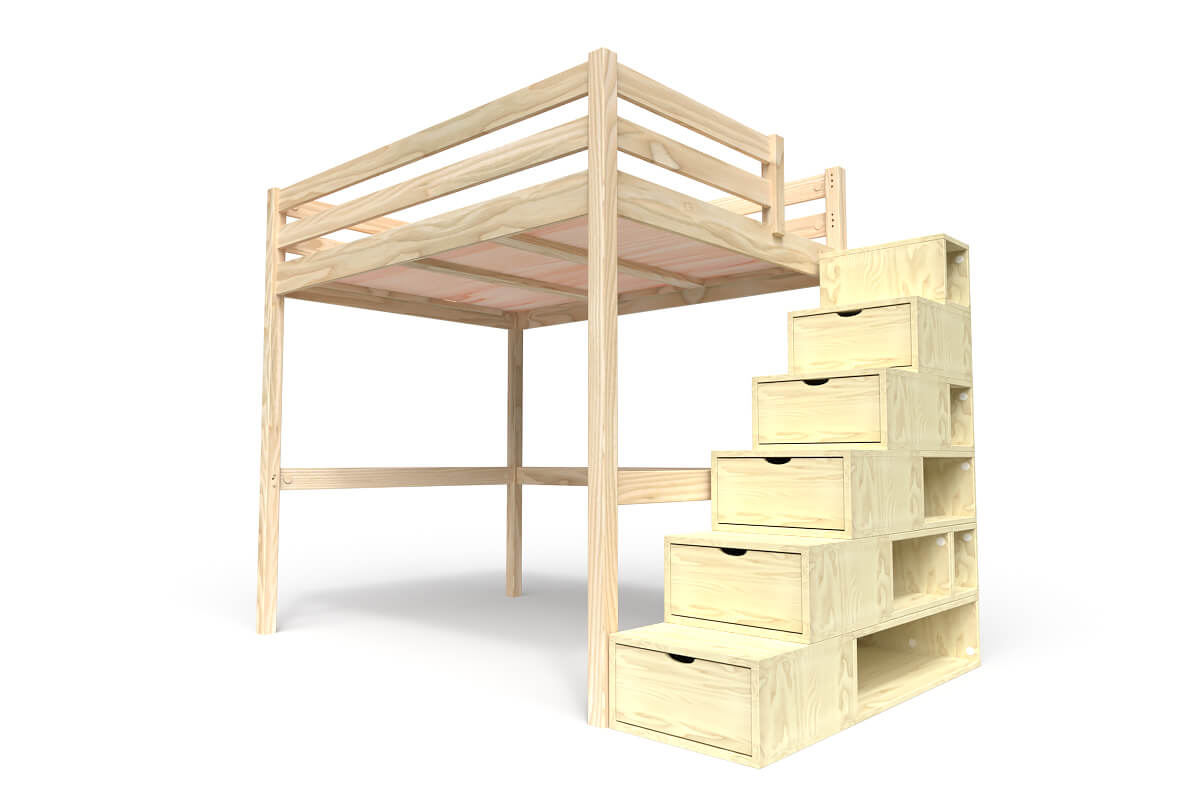
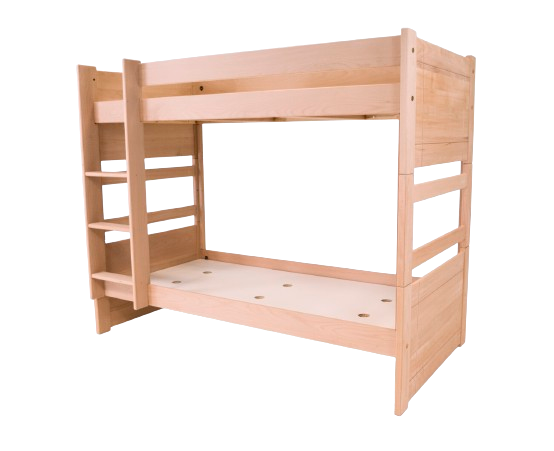
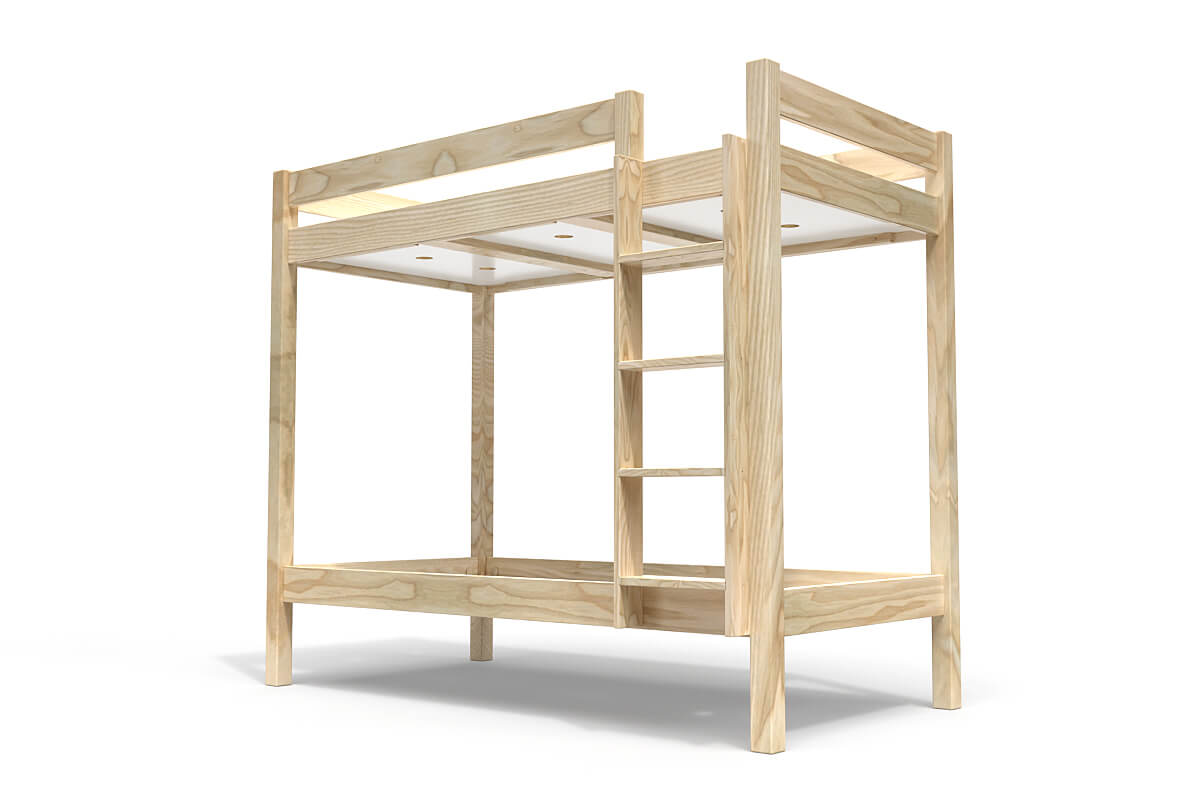


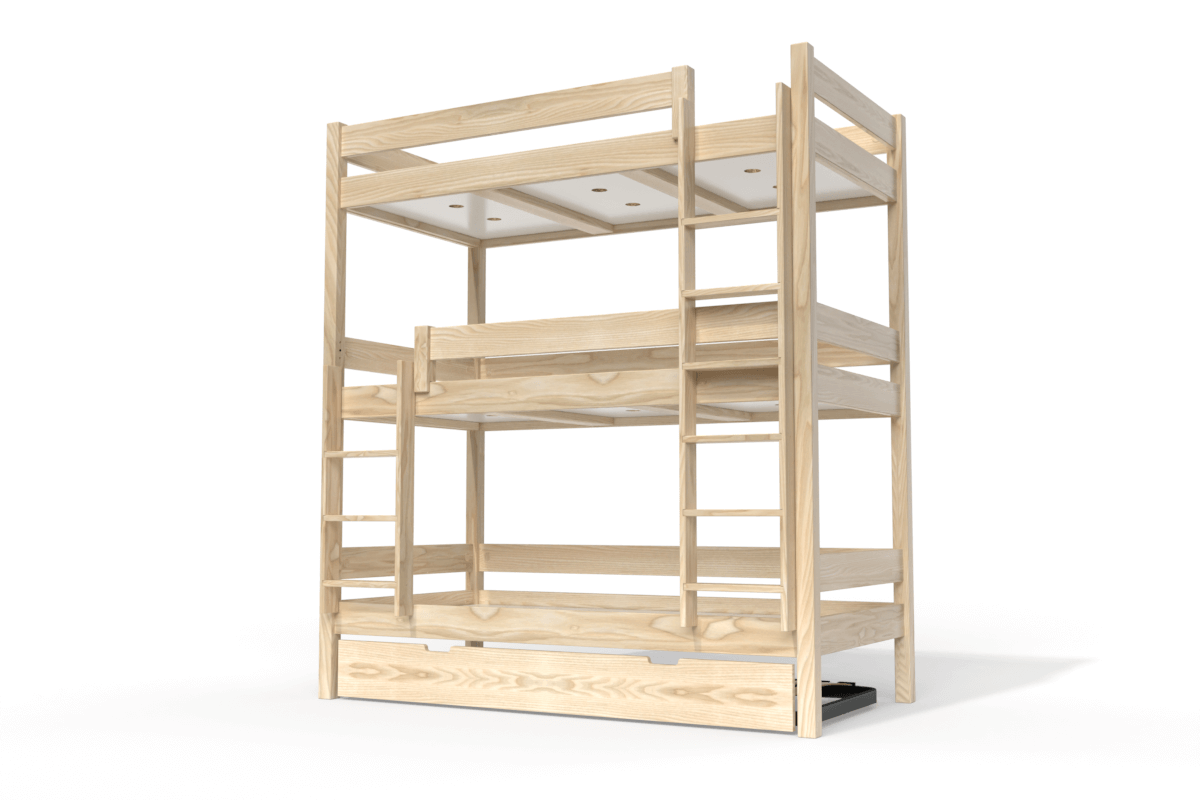
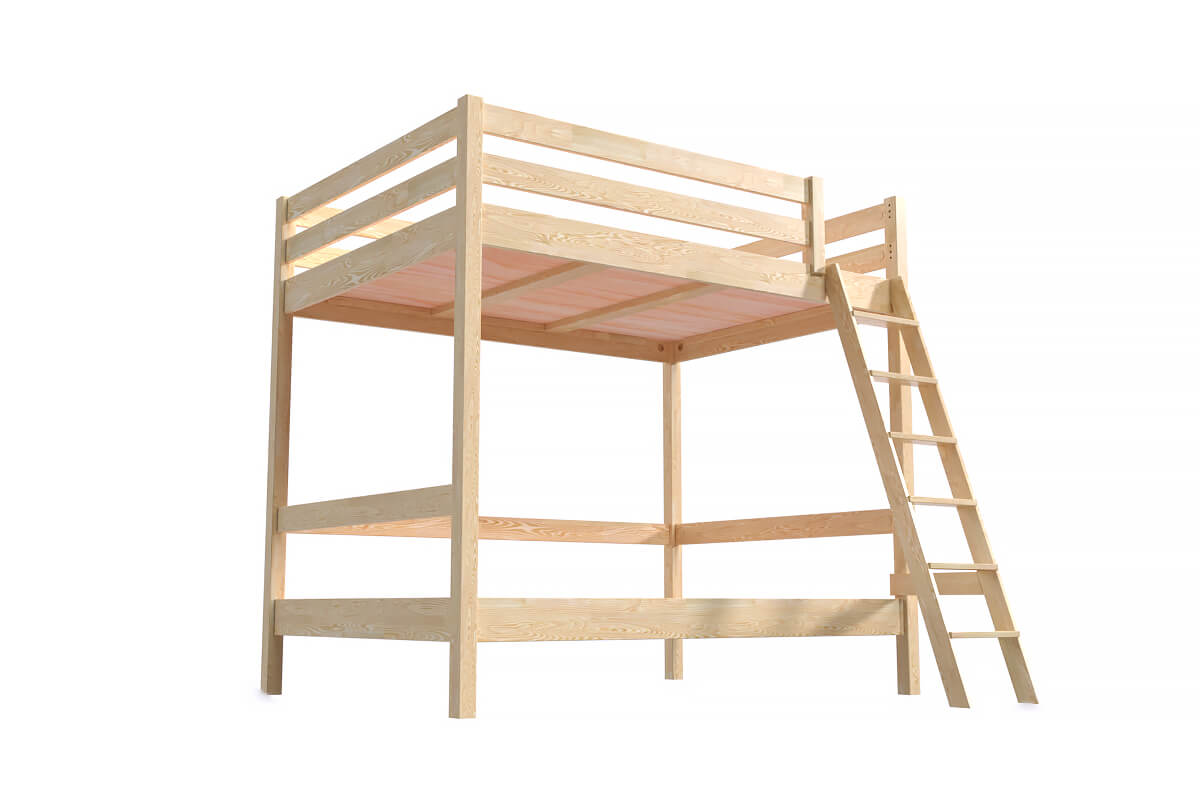

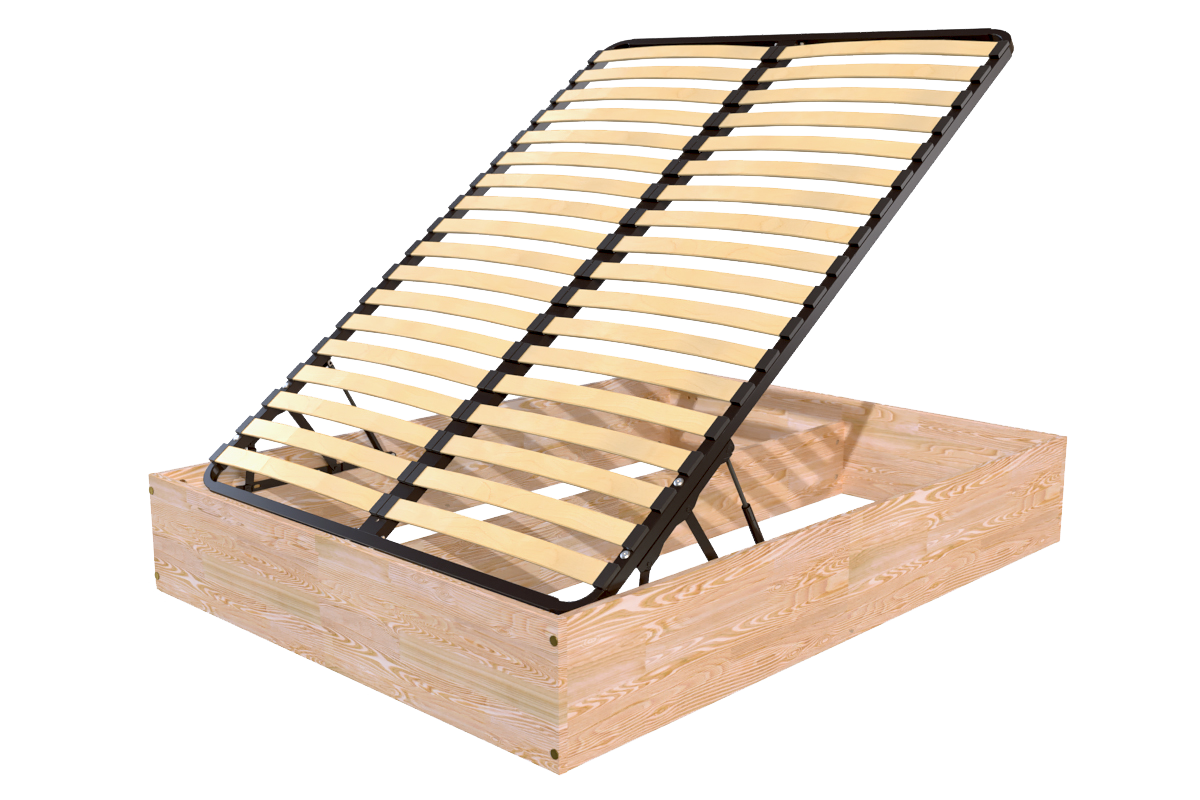
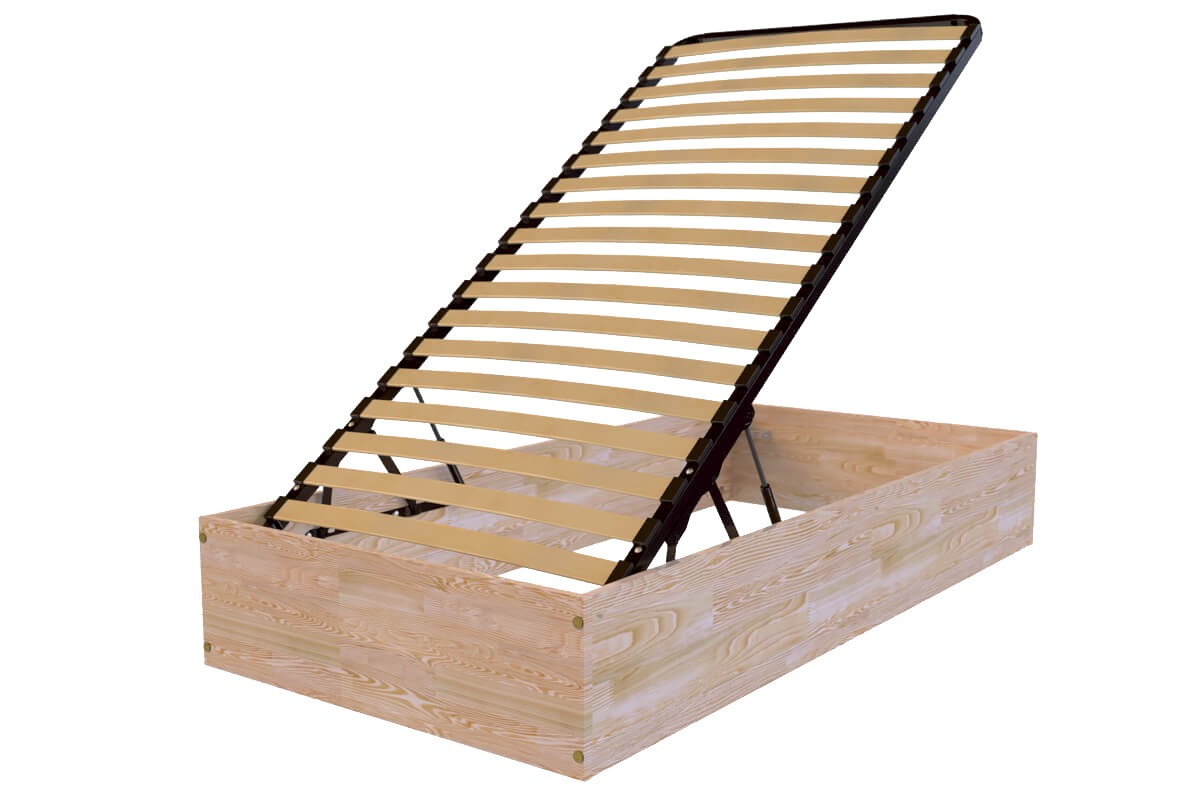

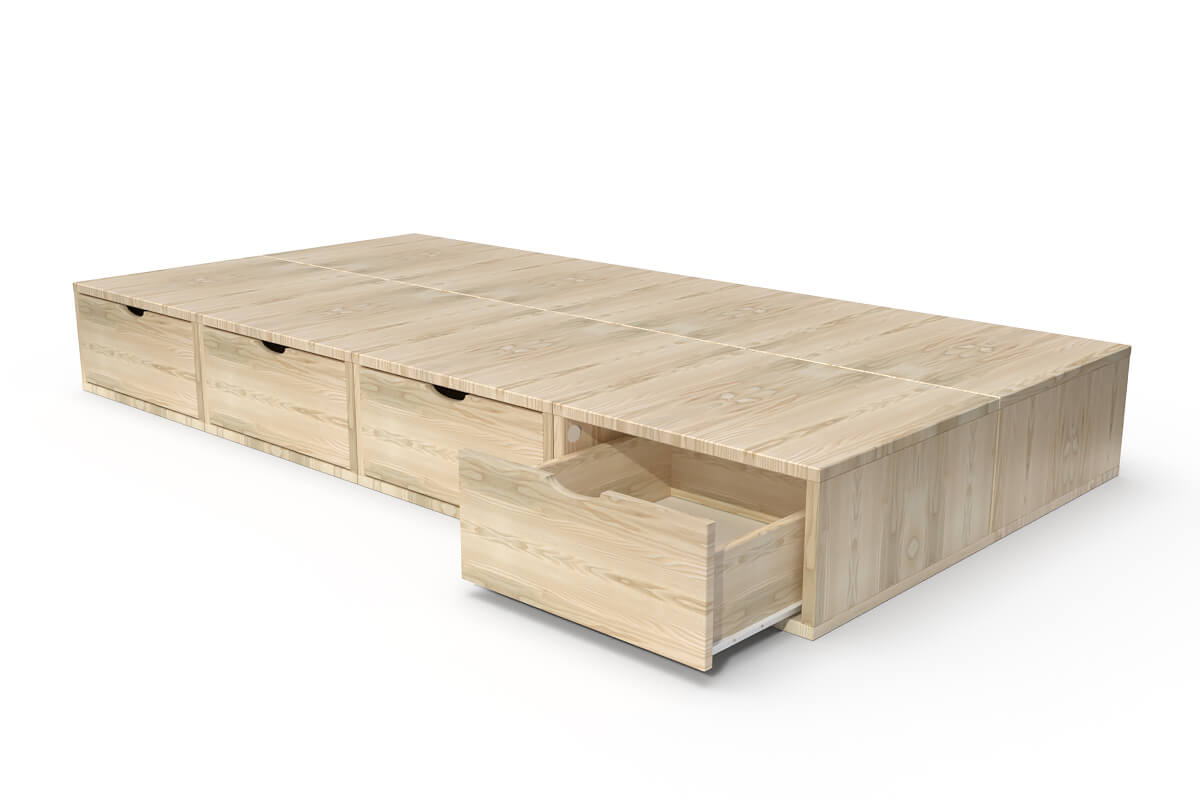
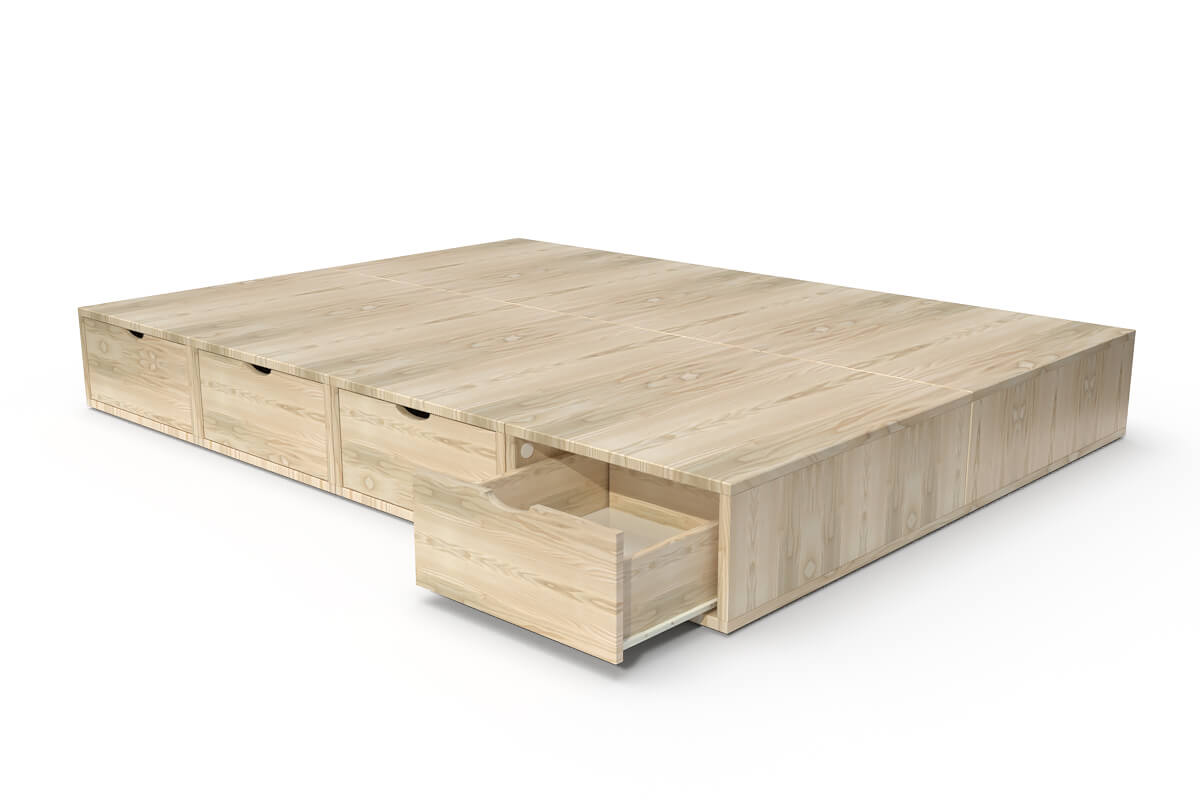
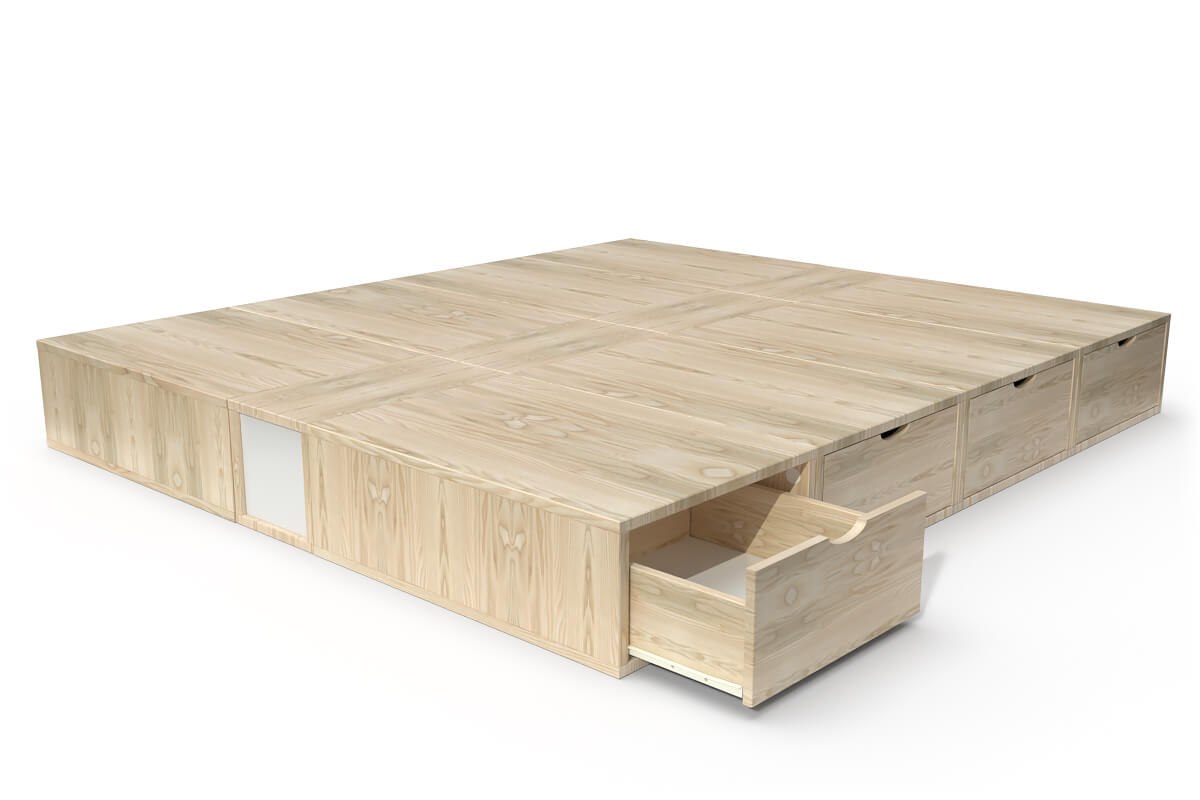
.jpg)
.jpg)
.jpg)
Facebook comment